Digital Completions in Plant Modifications and Upgrades
Unlike greenfield or any new build construction projects, plant modifications and upgrades present a unique set of challenges. Work is carried out...
2 min read
 Lisa De Vellis, PE
:
Dec 6, 2022 3:14:40 PM
Lisa De Vellis, PE
:
Dec 6, 2022 3:14:40 PM
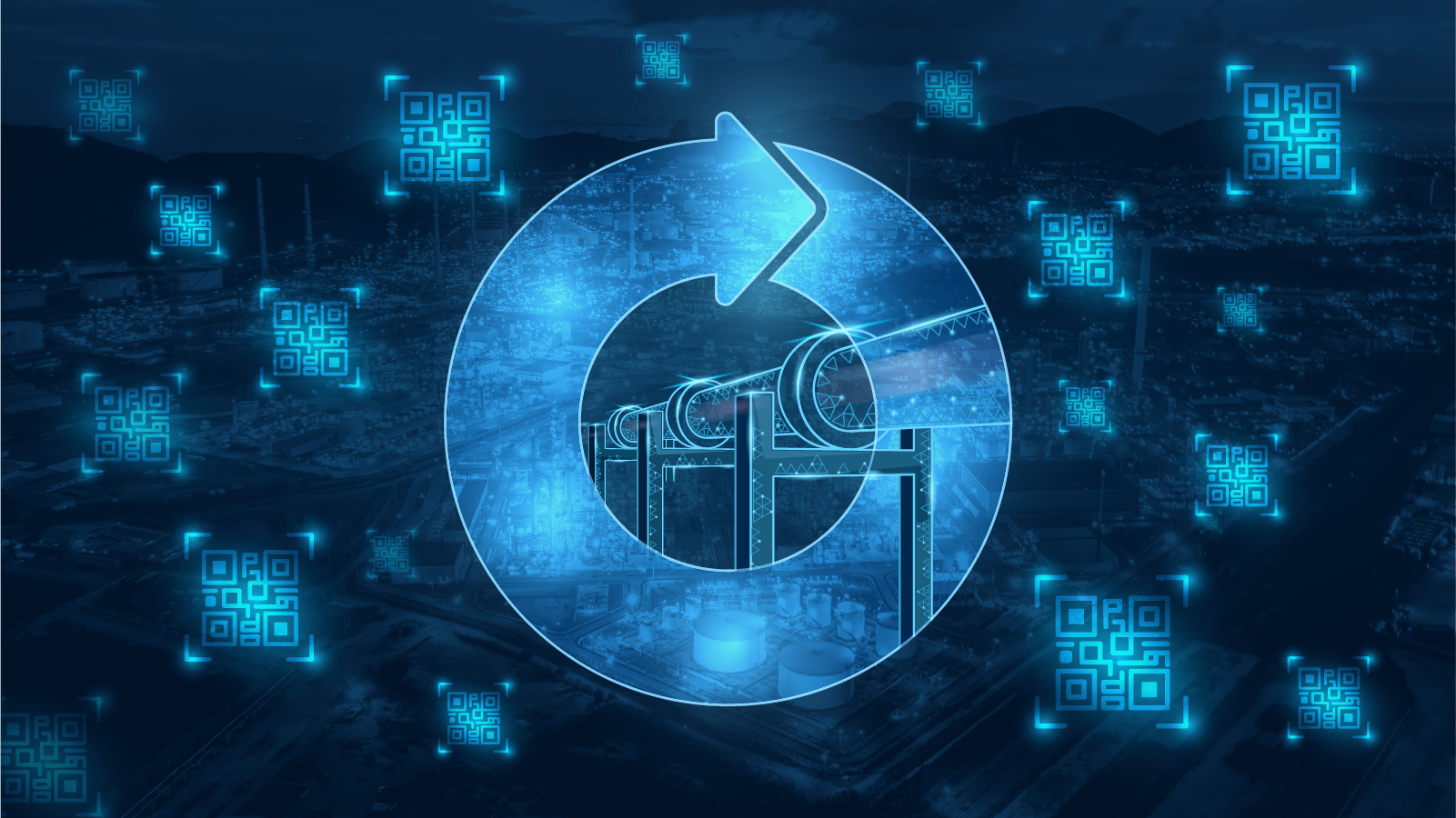
Infrastructure consumes over half of the world’s materials and is the largest contributor to greenhouse gas emissions worldwide. Approaching capital projects through the traditional take-make-waste linear economy ensures that these unflattering truths continue to hold.
Circular infrastructure prioritizes the reduction of material waste, encouraging reuse and recycling. Materials circularity, which supports a circular economy, revives infrastructure from cradle-to-grave lifecycles in favor of reincarnation.
The Ellen MacArthur Foundation defines a circular economy thusly: “one that is restorative and regenerative by design and aims to keep products, components, and materials at their highest utility and value at all times.”
Circular infrastructure honors those principles through minimizing waste in line with Lean construction methodology throughout the entire lifecycle, which ideally would be closed-loop: design-build-operate-maintain-decommission-rebuild.
The majority of the carbon footprint from construction and infrastructure comes from what’s called embodied carbon. Embodied carbon is the emissions related all things materials, including raw material extraction, fabrication, transportation, and use in construction and operation. It is extended to processes, equipment and workflows required for procurement, use and disposal of all materials.
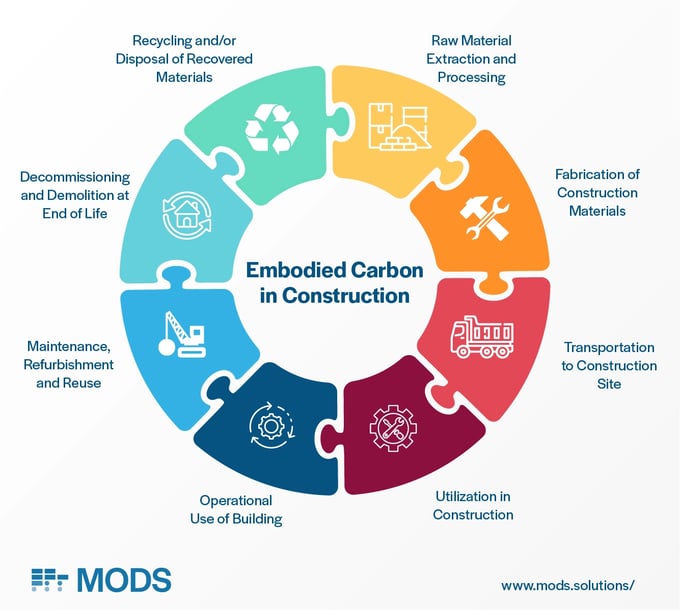
Circular infrastructure applies a Lean approach to materials, ensuring that they are reused and recycled to minimize consumption and reduce waste. It is an approach that favors modular design and digital oversight.
Infrastructure design and owner-operator vision dictate a lot in terms of where a project can fall on the linear-to-circular economy spectrum. But EPC contractors face ample opportunity to nudge capital projects toward circularity.
Digital tools, such as materials management systems, eliminate superfluous processes, streamlining logistics that reduce materials handling, transport and errors.
Materials management software, firstly, digitizes all materials using technologies such as QR codes and barcodes to help ensure transparency, traceability and quality. Digital materials management systems avoid bottlenecks and interruptions of sequential activities that, in particular, plague construction execution, maintenance and upgrades of essential assets.
Materials management software helps those responsible for construction execution oversight such as EPC groups, as well as owner-operators, ensure that materials are always at the right place and at the right time. Through digital tracking of components and workflows, potential problems are anticipated in advance. This proactive approach gives the gift of time and foresight throughout the materials’ value-and-supply chains, from fabrication through to decommissioning.
Infrastructure consumes. Industrial infrastructure, in particular, consumes vast material resources in its construction, which produces a lot of pollution. Carbon footprints in construction are typically high. It’s an irony that assets designed to keep our world running, supplying people with various forms of energy and other vital infrastructure, are massive contributors to the degradation of our natural world.
It’s the age-old built versus natural environment dichotomy. And building in the context of the linear economy’s take-make-waste mantra only reinforces this paradigm.
The good news is that it doesn’t have to be this way. Transition to a circular economy demands that materials are in use for a very long time, encouraging reuse, recycling and, hence, decarbonization. But it’s also about how materials are handled from the offset that makes a big difference.
Infrastructure at large contributes 80 percent of global greenhouse emissions, nearly 40 percent of which is energy-related.
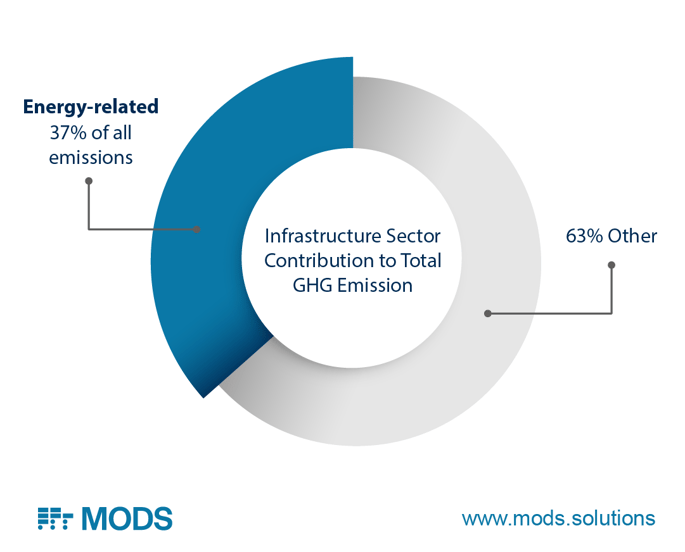
The 40 percent contributor to greenhouse gas emissions contribute to problematic climate change originate from:
“emissions embodied in infrastructure construction, materials such as cement and steel; the energy required to transport materials and workers to building sites (sometimes from other parts of the world); operation of the asset itself; and finally, the use of equipment required for its maintenance and eventual decommissioning.”
Climate change mitigation in infrastructure lifecycles (ie decarbonization) is essential and can be targeted in part through digitalization, including material management solutions. Digital tools of this nature are off-the-shelf solutions that nudge construction execution, maintenance and decommissioning of industrial assets in the direction of circularity.
Why? Because materials management software brings transparency and accountability to materials value-and-supply chains, streamlining workflows. This slashes waste: materials and other resources, as well as time.
Are you ready to start preparing your materials for the circular economy? Check out our  .
.
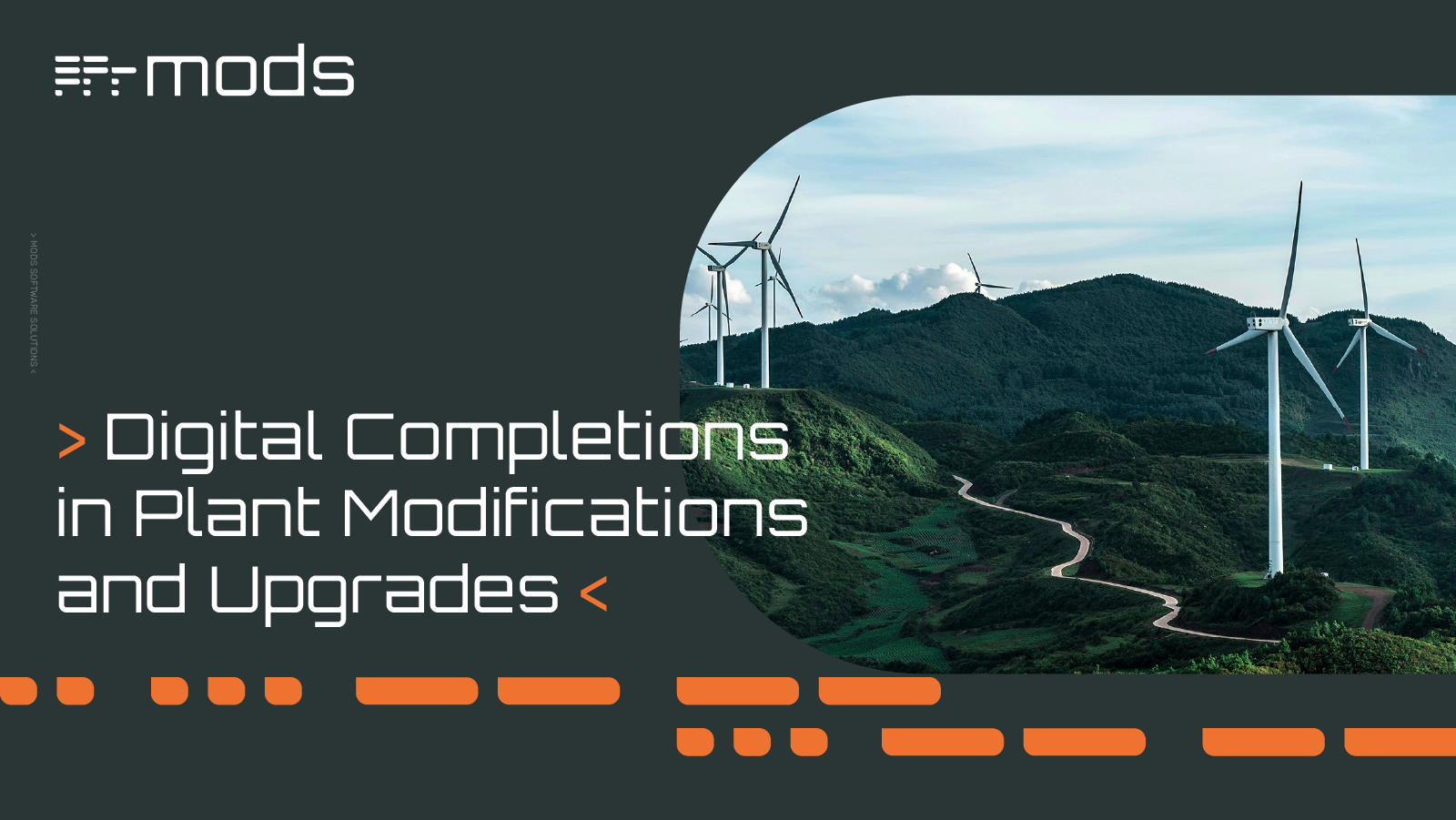
Unlike greenfield or any new build construction projects, plant modifications and upgrades present a unique set of challenges. Work is carried out...

Turnarounds and shutdowns are among the most critical—and stressful—phases in the management and operation of industrial assets. These planned...
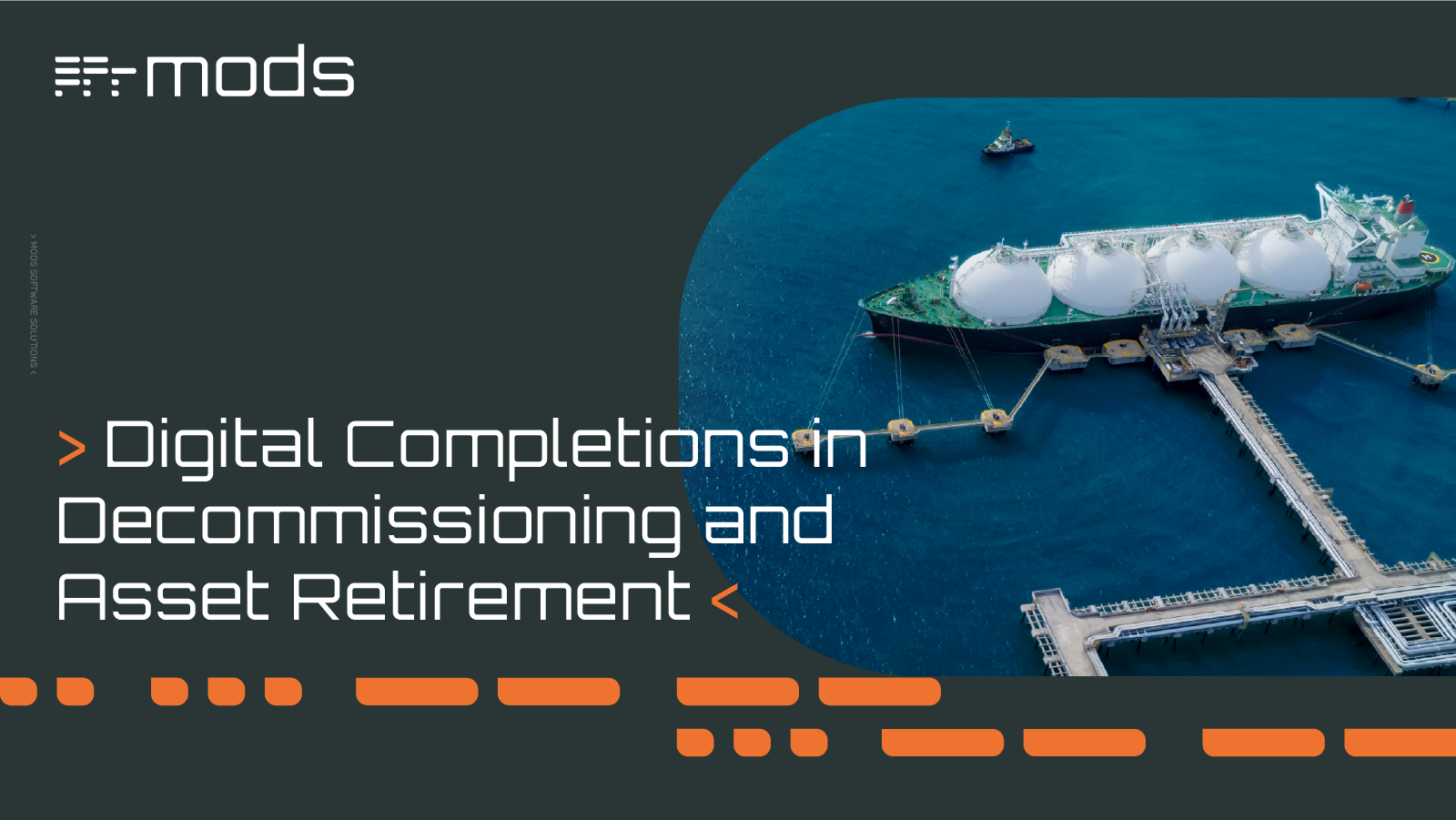
Offshore decommissioning and asset retirement present significant logistical, regulatory, safety, fiscal and reputational challenges. The process of...
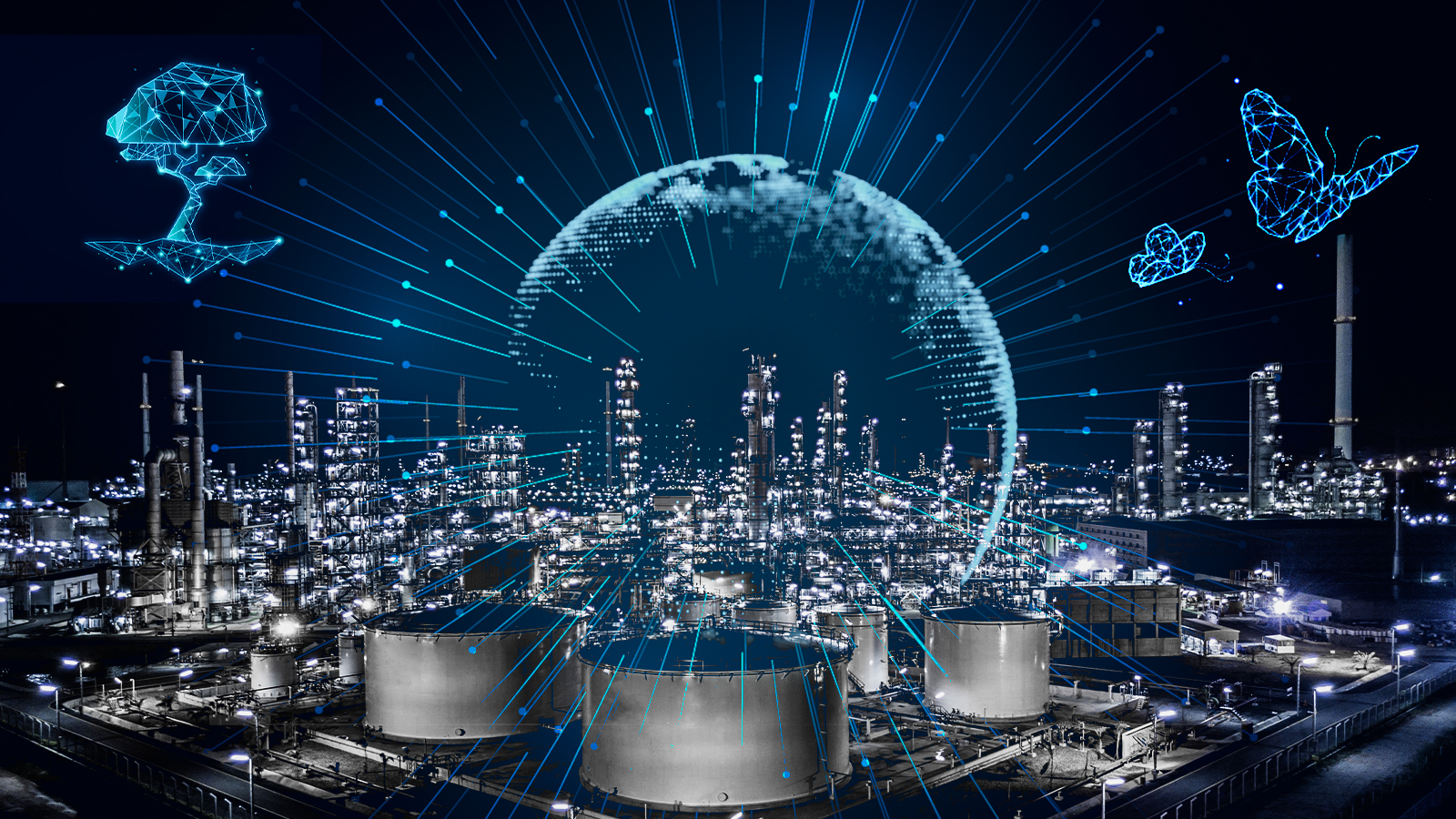
Sustainability. Decarbonization. Environmental, Social and corporate Governance (ESG). These aren’t just buzzwords, but worthy endeavors increasingly...
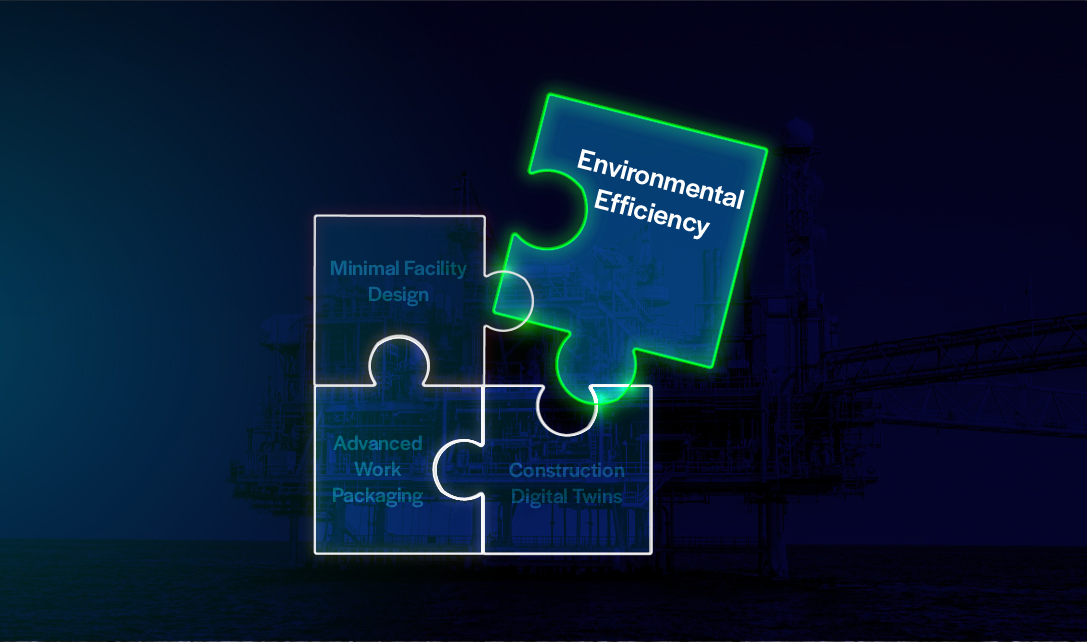
This blog is the first in a four-part series looking at the following future trends in energy sector facilities:

Paris, the city of love, is also the city where the global community finally rallied together to curb greenhouse gas emissions.